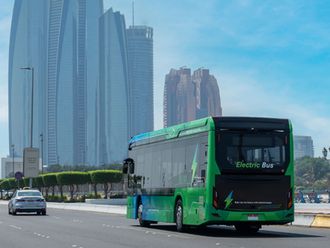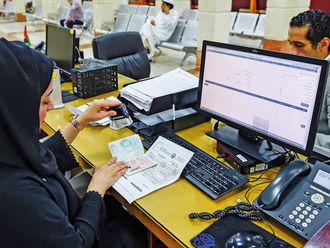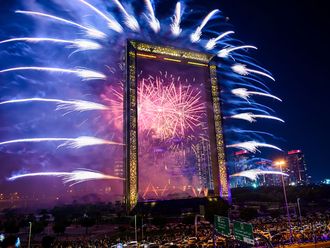
Dubai: As the nation celebrates the triumphant return of astronaut Sultan Al Neyadi to the UAE on September 18 – after he completed the longest Arab space mission – we take a look at how the United Arab Emirates has become a regional pioneer in space exploration and study.
The UAE’s space aspirations started much earlier than one would think, as early as the 1970s with the UAE’s Founding Father, Sheikh Zayed bin Sultan Al Nahyan. As the world watched in awe, man had set foot on the Moon, and then they came to Abu Dhabi.
Sheikh Zayed met with the last men to ever set foot on the Moon – nearly five decades ago. It was one of three meetings the visionary leader had in connection to space exploration then, alongside Egyptian-American space scientist Dr Farouk Al Baz.
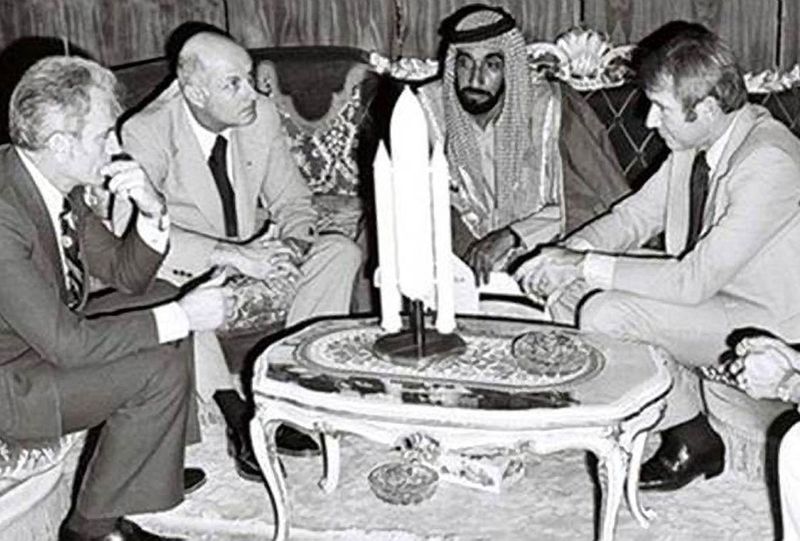
In 1976, three Apollo 17 astronauts — Gene Cernan, Ronald Evans and Harrison Schmitt — met Sheikh Zayed in Abu Dhabi and brought him a piece of a Moon rock as a gift.
47 years later, the UAE has become a formidable player in the global space sector. From the eight-day mission in space by Hazza Al Mansoori, the UAE’s first astronaut, and the Hope Probe (launched in 2020), to the six-month-long ISS mission by Sultan Al Neyadi, the UAE’s growth in space exploration has been exemplary.
UAE's space goals
The UAE has placed the space industry among its top priorities for the next fifty years. The country spent Dh22 billion commercially on space-related activities between 2015 and 2020. Also, the contractual agreements for space services and applications increased by 40 per cent in 2020, according to the UAE Space Agency.
At the forefront of executing the UAE’s space ambitions are UAE’s visionary leaders: President His Highness Sheikh Mohamed bin Zayed Al Nahyan and His Highness Sheikh Mohammed bin Rashid Al Maktoum, Vice President and Prime Minister and Ruler of Dubai.
The two leaders launched the UAE National Space Program in 2017 outlining UAE’s strategies and goals for space study including satellites, Mars missions, lunar missions and the astronaut program.
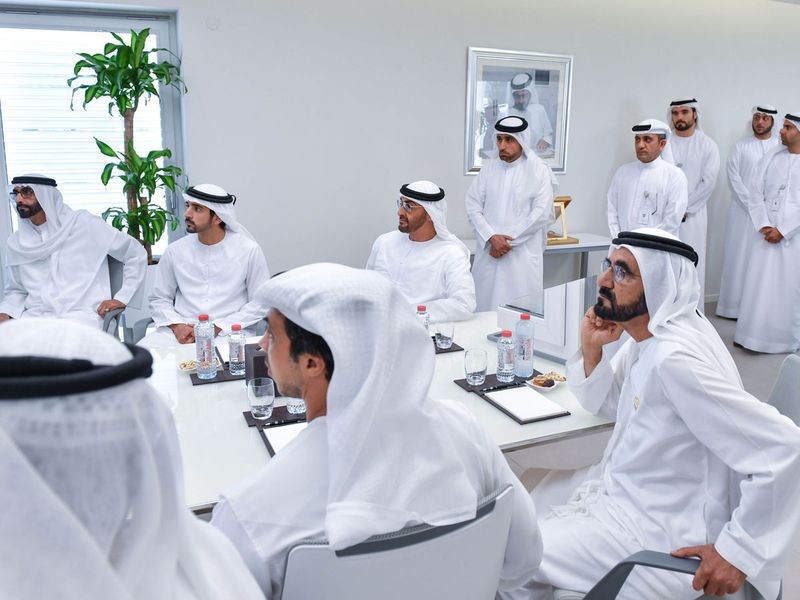
The space program is being brought to life by Mohammed Bin Rashid Space Center (MBRSC) and the UAE Space Agency along with UAE’s Telecommunications and Digital Government Regulatory Authority (TDRA), Al Yah Satellite Communications Company (Yahsat), and Thuraya Telecommunications Company.
The UAE Space Agency developed a 'Space Economic Zones Programme' to support space startups and SMEs (Small and medium-sized enterprises) to contribute to the national space economy through partnerships with various partners in the country. The main initiatives of the programme are Space Economy Stimulus Packages, Space Labs and Establishing Space Economic Zones.
UAE Astronaut Programme
In 2017, Sheikh Mohamed bin Zayed and Sheikh Mohammed bin Rashid launched the special UAE Astronaut programme, which aims to motivate and train Emirati youth for scientific space exploration missions. The programme also cements UAE’s position when it comes to manned space missions, and building a culture of scientific exploration among Emirati youth.
UAE astronauts Hazza AlMansoori and Sultan Al Neyadi are chosen from the first cohort in this programme. They were selected from 4000 applicants in 2019. Hazza Al Mansoori became the UAE’s first-ever astronaut to go to space while Sultan Al Neyadi just completed the longest Arab space mission aboard ISS.
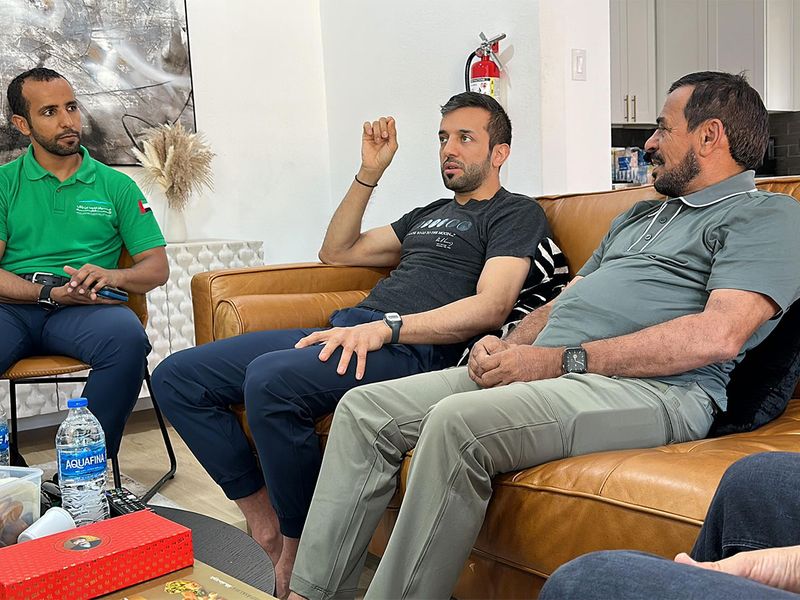
Now Al Mansoori is undergoing further training for lunar missions, MBRSC announced in September. Al Mansoori spent eight days on the International Space Station during the UAE’s first-ever human spaceflight in 2019.
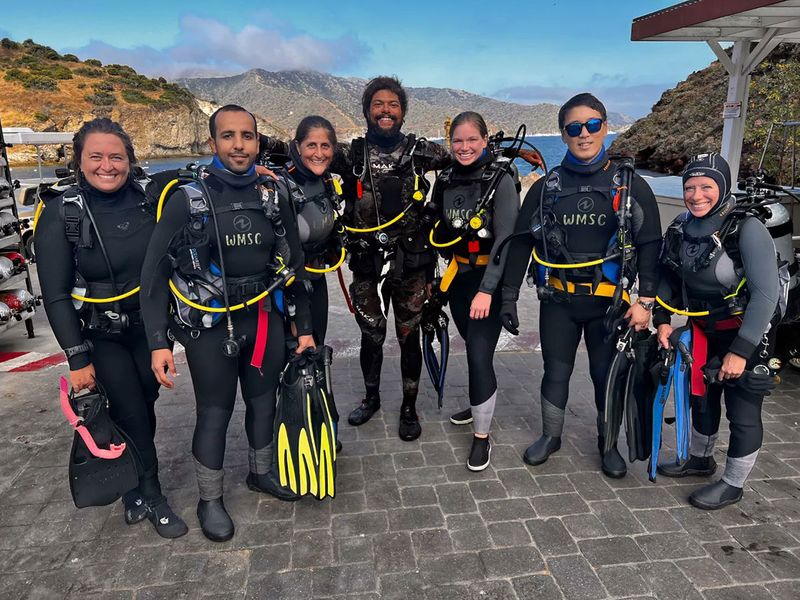
The second batch of Emirati astronauts was picked in 2021, and this included UAE’s first female astronaut as well. Mohammad Al Mulla and Nora Al Matrooshi, the duo who form the second batch of Emirati astronauts, recently underwent training that included classes covering topics such as the surfaces of the Moon and Mars.
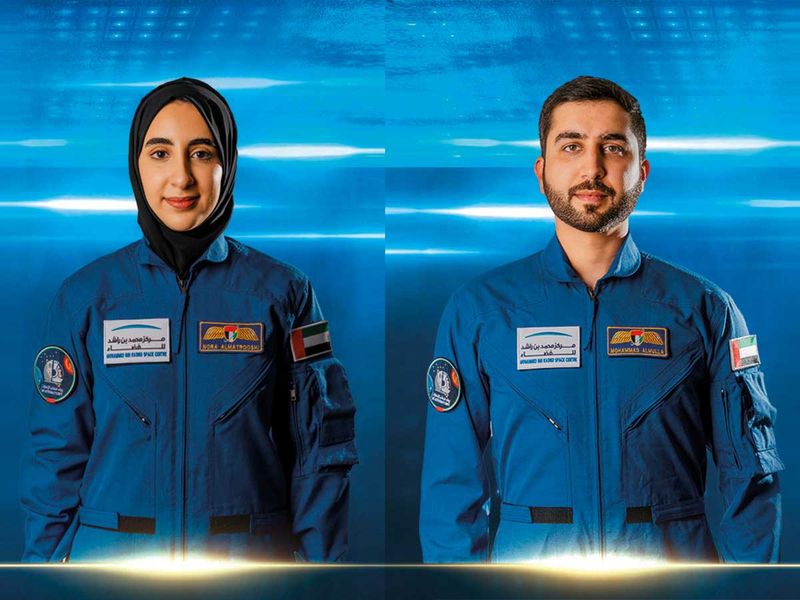
They also drew a geological map, which helps to display where different rocks and features exist on the surfaces of the Moon and Mars.
Emirates Mars Mission
The country’s dreams for Mars are ambitious – the UAE wants to build the first inhabitable human settlement on Mars in 2117. With the successful launch of the Hope Probe in 2020, the country underscored the dedication and ability of the space sector to make these ambitions a reality.
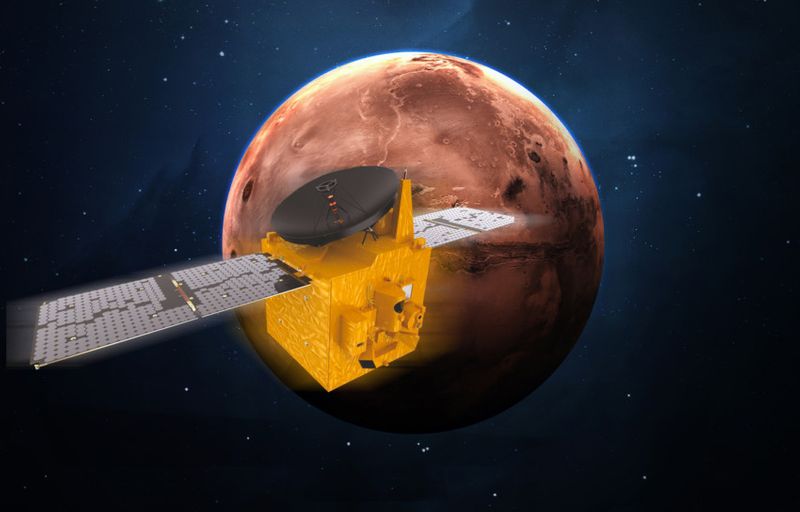
Since entering the Martian orbit in 2021, the Emirates Mars Mission’s ‘Hope Probe’ has released 2.1 terabytes of data on the atmosphere of the red planet through the mission’s Science Data Centre. All of this information is free to use for research purposes across the globe.
This year, the UAE Space Agency announced that the Emirates Mars Mission has been extended for two more years to study the Mars’ moon Deimos, and to gather more data on the red planet’s atmosphere.
National Space Fund
In 2022, the UAE Space Agency announced a Dh3 billion national investment and development fund for the space sector, The National Space Fund.
The fund aims to support new national and research strategic projects and help develop the capabilities of Emirati engineering cadres in space technology.
Announced at the time of launch, The Fund’s first investment is in the development and launch of a constellation of advanced imaging satellites for the Emirates, using the SAR (Synthetic Aperture Radar) technology. The constellation is to be named Sirb, after the Arabic term for a flock of birds and will address the critical need for better environmental and land usage monitoring, data collection and analysis to meet today’s global challenges.
The planned satellites will be able to create highly detailed and complex radar ‘images’ of land use, ice cover, surface changes and characterisation, with a wide range of scientific, civil and commercial applications.
Satellites and services
The UAE Satellite Programme was born in 2006 when a team of Emirati engineers travelled to South Korea for a knowledge transfer programme. The engineers have, since then, manufactured UAE’s first nanosatellite, Nayif-1, and its first two observation satellites, DubaiSat-1 and DubaiSat-2. The two observation satellites were launched in 2009 and 2013.
A major achievement for the UAE after that was the KhalifaSat, the first All-Emirati-made satellite, launched in 2018. Dubai Municipality and MBRSC worked on another nanosatellite – a nanometric environmental satellite – that was launched into space in 2021.
A much-anticipated launch in 2023 is that of MBZ-Sat – another 100 per cent UAE-designed and manufactured satellite project. This is set to be ‘the most advanced commercial satellite in the region’ for high-res satellite imagery, according to the MBRSC.
The state now owns and operates nine multi-purpose satellites in orbit.
Emirates Mission to Asteroid Belt
In May this year, UAE launched a 13-year-long project – Emirates Mission to the Asteroid Belt (EMA) – which involves six years of spacecraft development and seven years of exploration.
Announcing the project, Sheikh Mohammed said, “The UAE spacecraft ‘MBR Explorer’ will undertake a 5 billion kilometre journey passing through Mars to explore seven asteroids in the main asteroid belt and ultimately landing on the last asteroid in 2034.”
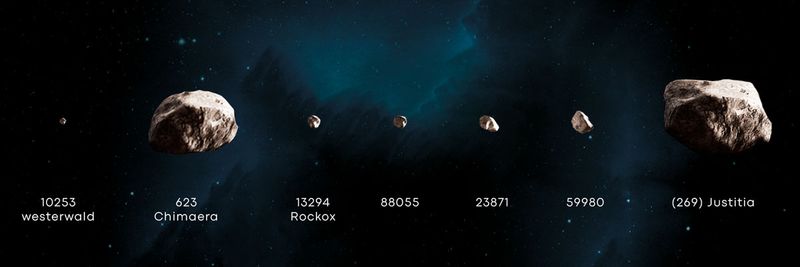
“The Emirates Mission to the Asteroid Belt is a massive scientific project that will result in the establishment of private Emirati companies specialised in space science and technology, the development of a deep space mission control centre, and the training of Emirati talent.”
The mission will explore seven asteroids, flying past six and culminating in a rendezvous with (269) Justitia, one of the most puzzling objects in the belt located between Mars and Jupiter.
EMA’s primary science goal is to better understand how water-rich asteroids form and change over time. The team will use state-of-the-art instrumentation to determine the history, composition, and temperatures of the seven main belt asteroids and to search for clues regarding where they formed and whether their origins can be linked to specific meteorites ejected from larger bodies.
The three-week launch period for the project would start in March 2028.
The EMA is set to drive significant economic opportunities for the private sector in the space game, including new start-ups, international partnerships and inward investment in the UAE space sector. The ground segment and operations of the mission will be delivered by an Emirati private sector operator through the establishment of a control centre for deep space missions.
The mission’s academic partners include Khalifa University; the New York University Abu Dhabi (NYUAD); the National Center for Space Science and Technology at UAEU; University of Colorado Boulder; the Italian Space Agency Agenzia Spaziale Italiana (ASI); Arizona State University & Northern Arizona University and Malin Space Science Systems.
Contributors to the mission include Emirati national companies and institutions such as TII and Yahsat, as well as local and global private space sector partners.
With all these projects, the ones completed and the ones in process, the UAE is setting itself up as a pioneering force in the region for the study and exploration of space.
In 2019, the UAE launched the National Plan for the Promotion of Space Investment, aiming to increase domestic and foreign investment in the UAE space sector. The initiative promises to transform the nation into a regional hub for commercial space activities and advanced research and development. It also aims to encourage local investment vehicles to consider funding opportunities in the space sector, both domestically and globally.
The Space Investment Promotion Plan aims to contribute towards attaining UAE goals stated in the UAE Vision 2021, the UAE 2071, and the UAE Plan on the 4th Industrial Revolution.





